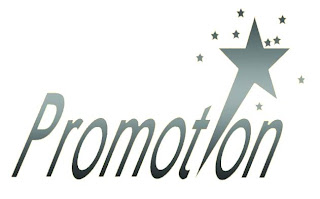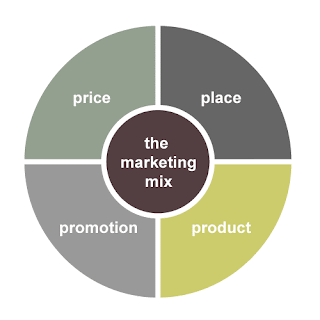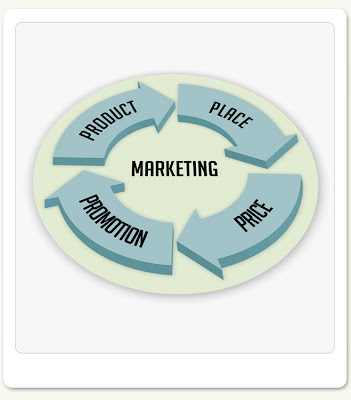The Promotion Mix
Let us look to each element of the promotion mix elements , in more detail
Remember Promotion objectives are : sales increases, new product acceptance, creation of brand equity, positioning, competitive retaliations, or creation of a corporate image.
The elements of the promotions mix are:
1- Personal Selling :
Remember Promotion objectives are : sales increases, new product acceptance, creation of brand equity, positioning, competitive retaliations, or creation of a corporate image.
The elements of the promotions mix are:
1- Personal Selling :
Personal Selling is an effective way to manage personal customer relationships. The sales person acts on behalf of the organization. They tend to be well trained in the approaches and techniques of personal selling. However sales people are very expensive and should only be used where there is a genuine return on investment. For example salesmen are often used to sell cars or home improvements where the margin is high.
2- Sales Promotion :
2- Sales Promotion :
Sales promotion tend to be thought of as being all promotions apart from advertising, personal selling, and public relations. or Buy One Get One Free. Others include coupling, money-off promotions, competitions, free accessories (such as free blades with a new razor), introductory offers (such as buy digital TV and get free installation), and so on. Each sales promotion should be carefully cost and compared with the next best alternative.
3- Public Relations (PR) :
3- Public Relations (PR) :
Public Relations is defined as 'the deliberate, planned and sustained effort to establish and maintain mutual understanding between an organization and its publics' (Institute of Public Relations). It is relatively cheap, but certainly not cheap. Successful strategies tend to be long-term and plan for all eventualities. All airlines exploit PR; just watch what happens when there is a disaster. The pre-planned PR machine clicks in very quickly with a very effective rehearsed plan.
4- Direct Mail :
4- Direct Mail :
Direct mail is very highly focussed upon targeting consumers based upon a database. As with all marketing, the potential consumer is 'defined' based upon a series of attributes and similarities. Creative agencies work with marketers to design a highly focussed communication in the form of a mailing. The mail is sent out to the potential consumers and responses are carefully monitored. For example, if you are marketing medical text books, you would use a database of doctors' surgeries as the basis of your mail shot.
5- Trade Fairs and Exhibitions :
5- Trade Fairs and Exhibitions :
Such approaches are very good for making new contacts and renewing old ones. Companies will seldom sell much at such events. The purpose is to increase awareness and to encourage trial. They offer the opportunity for companies to meet with both the trade and the consumer. Expo has recently finish in Germany with the next one planned for Japan in 2005, despite a recent decline in interest in such events.
6- Advertising :
6- Advertising :
Advertising is a paid for communication. It is used to develop attitudes, create awareness, and transmit information in order to gain a response from the target market. There are many advertising 'media' such as newspapers (local, national, free, trade), magazines and journals, television (local, national, terrestrial, satellite) cinema, outdoor advertising (such as posters, bus sides).
7- Sponsorship :
7- Sponsorship :
Sponsorship is where an organization pays to be associated with a particular event, cause or image. Companies will sponsor sports events such as the Olympics or Formula One. The attributes of the event are then associated with the sponsoring organization.




